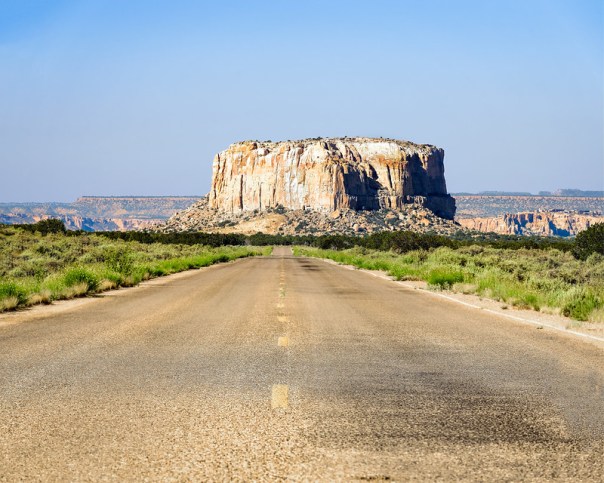A few more photos from our trip late last month along with some post hurricane(s) status in the area…
 Watching the sun set in Key West. Sunset is a big attraction down there. This view is from the Hyatt Centric, where we stayed. They opened again on 22 September but say that “some amenities are temporarily limited or unavailable”. We’ve heard the marina where I made this photo is “gone”.
Watching the sun set in Key West. Sunset is a big attraction down there. This view is from the Hyatt Centric, where we stayed. They opened again on 22 September but say that “some amenities are temporarily limited or unavailable”. We’ve heard the marina where I made this photo is “gone”. Injured Loggerhead – Staff members treat an injured Loggerhead Sea Turtle at the Turtle Hospital on Marathon. Their website (www.turtlehospital.org) says the facility and staff made it through Hurricane Irma OK, but there’s extensive damage all over Marathon.
Injured Loggerhead – Staff members treat an injured Loggerhead Sea Turtle at the Turtle Hospital on Marathon. Their website (www.turtlehospital.org) says the facility and staff made it through Hurricane Irma OK, but there’s extensive damage all over Marathon. Key West: Fort Zachary Taylor Fortress Interior. Their website says they’re closed until further notice with no info on how much damage they suffered.
Key West: Fort Zachary Taylor Fortress Interior. Their website says they’re closed until further notice with no info on how much damage they suffered.
 Key West Street Scenes: Sloppy Joe’s Bar first opened the day Prohibition ended. Ernest Hemingway was a favorite patron. Their website says they’re open for business.
Key West Street Scenes: Sloppy Joe’s Bar first opened the day Prohibition ended. Ernest Hemingway was a favorite patron. Their website says they’re open for business.
One of the people who run the snorkel boat trips at Bahia Honda has a YouTube channel: “Livin’ the Keys Life” and he’s posting info about Bahia Honda and Marathon. The damage there looks pretty bad. I imagine it will be a while before it re-opens.
As far as locations around Central Florida, please check them before you go too. For example Merritt Island National Wildlife Refuge is reporting lots of road closures due to hurricane damage while Orlando Wetlands Park says they’re open for public use (http://www.cityoforlando.net/wetlands/). And Lynn and I drove over the Lake Jesup bridge again today and the sunflower fields are still flooding. We saw a few blooms on high ground close to the road, but we’ll have to wait until next year on these.
You can check on other parks at the Florida State Park storm information web page: https://www.floridastateparks.org/content/storm-information.
And there’s info on National Parks in our area on this site: https://www.nationalparkstraveler.org/2017/09/no-details-fate-national-parks-caribbean.
Tourism is a huge part of the economy in Florida and especially in the Keys. One way you can help them recover is by visiting. Just make sure they’re ready before you go, and they’ll be very glad to see you.
Thanks for stopping by and reading my blog.
©2017, Ed Rosack. All rights reserved




































